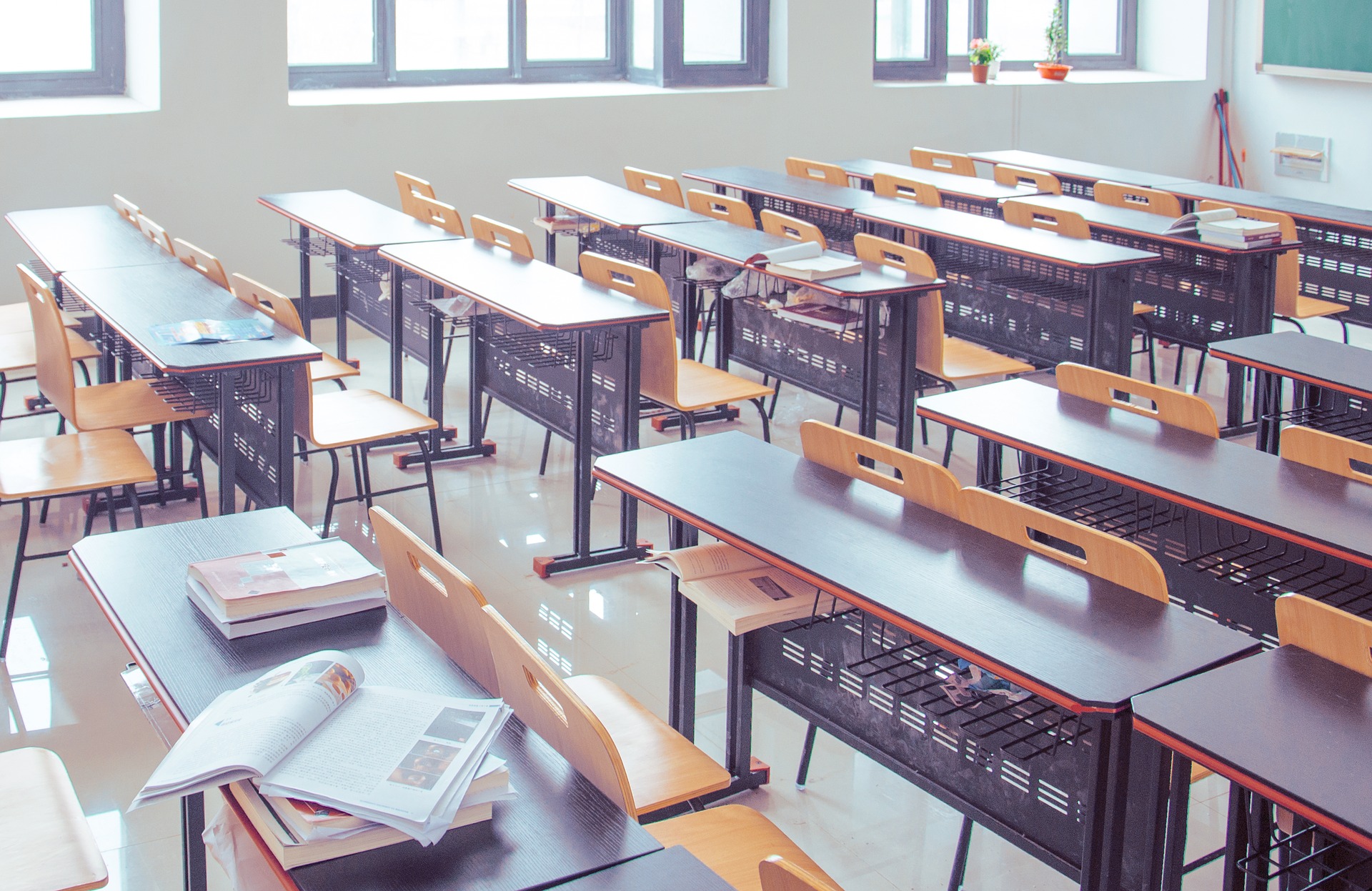Plan This Spring for Placement This Fall
Each year, the interaction between the students in a classroom and the teacher create a unique environment for learning. No two classes are the same and no two years are the same. Placing your child with the right teacher and the right students can make all the difference in the world.
"A student who attends a particular school is not educated in the whole school," writes Edward Pauly. "He or she is educated in particular classrooms within that school." In his book, The Classroom Crucible, the educational researcher summarizes his research: "A school and its policies do not necessarily determine students' educational experiences. The distinction between the school and its classrooms is crucial; teaching and learning take place in individual classrooms, which can easily differ from each other."
In his research, Pauly found two factors which significantly impacted student learning: (1) the teacher's ability, and (2) the mix of students in the class. "Teachers and students are the authors of the work that takes place in classrooms, and they develop different methods of doing their work in each classroom," he writes.
Pauly points out what any experienced teacher can tell you: a teacher who is successful one year with a particular classroom of students may not be as successful the next year with different students. What takes place each year between teacher and students is a 'negotiated curriculum.' "Teachers depend on their students to do the work of learning, a situation that creates endless opportunities for students to influence the teacher," he writes. Pauly continues, "The success of teaching and learning depends on the willingness of the classroom's members to pay attention, cooperate, and treat each other reasonably well."
Placing Your Child
Pauly's research on the importance of placing your child in the proper classroom means that you should take steps to help determine which classroom your child will be in. Here are his five suggestions for parents:
Contact your child's school in the spring to determine when administrators will assign the next year's students to classrooms.
Find out as much as you can about the teachers your child might have next year and the classmates he or she may be with. Network with other parents whose children have had these teachers. Visit the classrooms of next year's teachers and observe their style of teaching.
Give the principal specific, written information about what you believe your child needs in next year's classroom - in both the teacher and fellow classmates. Does the child need more or less structure and discipline? Does he or she need higher expectations? Does he or she need to be separated from a classmate who caused significant problems for your child this year?
You can't interview every child who will be your child's classmate. But you can write to the principal and let him know what kind of classroom, teacher, and classmates you think your child needs.
Provide the relevant family information that would help an administrator place your child in the appropriate class. Is there a sibling rivalry that you could avoid? Are you going through a divorce and your child needs an especially loving and patient teacher?
Keep in mind that if the principal doesn't place your child in a classroom that will work for your child, you can have him or her transferred. Be persistent in your requests. Be sure to give well-reasoned defenses for your judgments. Often, persistence pays off. However, listen to the school staff, as well. They have insight into your child's performance at school that you might lack.
These steps require extra time and attention. But, your child may reap the reward of having a better education than he would without your efforts.
© Eric Buehrer



